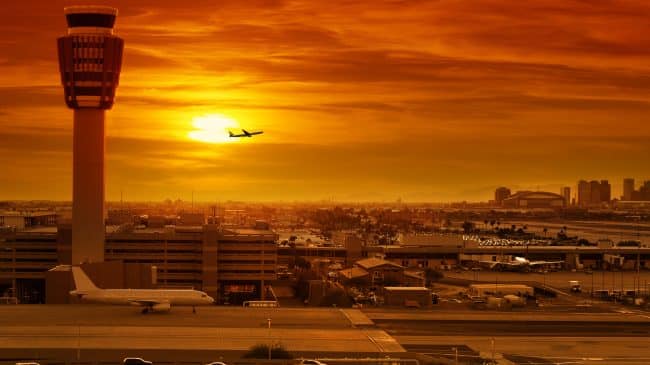Three decades ago, airports and air traffic control were organized as government departments essentially everywhere in the world. Two landmark events in 1987 began a momentous change in this status quo.
First, the reformist government of New Zealand, led by Labor Finance Minister Roger Douglas, converted the air traffic control system from a tax-funded entity (part of the Ministry of Transport) into a free-standing government corporation, supported by charges levied on aircraft making use of air traffic control services. That led to a paradigm shift, under which some 60 countries corporatized or privatized their air traffic control (ATC) systems in the 30 years that followed.
Also in 1987, the reformist U.K. Conservative government of Prime Minister Margaret Thatcher privatized (via a public share offering) the British Airports Authority, operator of the three largest London airports. This, too, led to a paradigm shift under which airports around the world have been sold or long-term leased in the subsequent 30 years.
This report reviews developments in airports, air traffic control, and airport security in 2018, with an emphasis on corporatization, privatization, and long-term public-private partnerships. It includes discussion of the changing patterns of ownership among the major private-sector operators and funders of airports, and the implications of these paradigm shifts on investment and modernization of aviation infrastructure.
Annual Privatization Report 2019: Aviation
Other sections of the Annual Privatization Report are available here.

